No Therapy Is An Island
You’ll hear music therapists tell you time and time again, “Music therapy is an EVIDENCE BASED field!” What we do it backed by empirical research, and we’re very proud of this fact. However, the fact that the field is supported by research showing the efficacy of using music as a therapeutic tool for accomplishing non-musical goals does not make music therapy a lone-ranger in the world of therapies. There’s a key phrase I used in the previous sentence: “non-musical goals”. This means that the goals we are addressing in music therapy are similar to the goals our client’s are working on in their other therapies (speech, occupational, physical, behavioral, and cognitive rehabilitation therapies, etc.). So, in the Neurologic Music Therapy branch of our field, in particular, when setting up our interventions for addressing a non-musical goal, we like to use a model called the Transformational Design Model (TDM).
Transformational Design Model! It sounds like a superpower. And in a way, it is. It’s the superpower model that transforms non-musical interventions into musical interventions. Because music therapy has the same functional structure as other therapies, music therapists use this model to see where the overlap is with other fields, and then how the addition of music to a treatment intervention can benefit the client. But wait, there’s more! This superpower model transforms the functional music intervention into functional, non-musical real-world application. In short, we’re not going to let you walk around singing the steps to making conversation. We’re going to help you generalize the information you learned through music, so that when you apply it to everyday life, you’re doing it in a socially acceptable and sustainable (functional) way.

I know you’re dying to find out how one mere mortal can acquire such a superpower. Well, lucky for you, we can let you in on the bare bones of the model. I take myself through these steps every time I develop an intervention for a client, and it helps ensure the quality and efficacy of my interventions. Ok, are you ready to be transformed?
- Asses the client’s strengths and needs
- Develop the goals and objectives
- Research how a non-music therapist addresses this same goal and design a functional non-musical intervention
- Translate step 3 into a functional musical intervention
- Transfer step 4 to functional, non-musical real-life application
This model is a superpower not just in the fact that it transforms a non-musical skills into a musical experience and then back into a non-musical skill, but also in the fact that it allows multiple therapeutic fields to see their overlap. The more therapists from varying fields can work together, the more well-rounded the treatment plan becomes, and the more the client will benefit. Go transform something!
-Chiara




